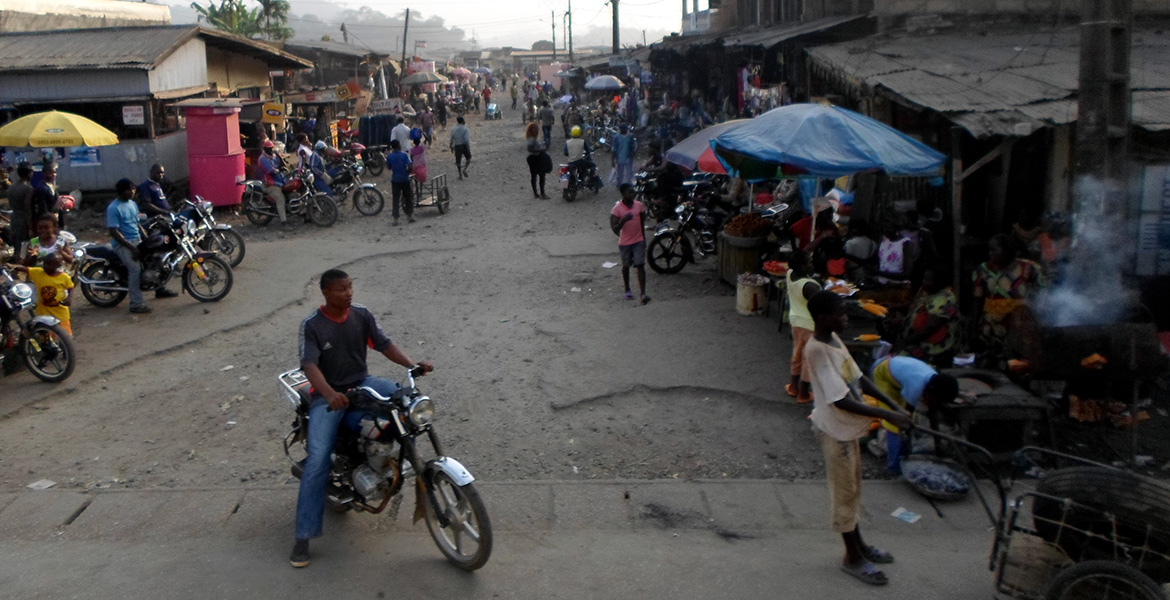FAO economist Abdolreza Abbassian, speaking to The Associated Press, said that in order to feed the world’s population, which will reach 9 billion people by 2050, a 70% increase in global food production will be needed over the next 40 years.
This task seems daunting because while the world’s population is growing by 1.55% per year, wheat yields (the major source of protein in poor countries) are expected to fall by 1% while, according to the FAO, the cereal price index will have risen by 56% by 2022.
So, is a new global food crisis brewing?
The shortage of basic agricultural products for food (wheat, maize, rice, sorghum, and millet) and the bestial increase of these products on world markets, which had its tip of the iceberg in 2007, will presumably ”in crescendo” over the next decade until it reaches its zenith in 2030.
The following elements have contributed to this crisis (the first sketches of which are already outlined and which will be drawn in all its harshness at the end of the decade):
The suicidal economic development of Third World countries with the excessive growth of macro-cities and mega-tourist complexes and the consequent reduction in the area dedicated to agricultural cultivation, which has led to a worrying deficit in the supply of cereals, estimated at one billion tonnes per year.
Changing consumption patterns in emerging countries due to the spectacular increase in the middle classes and their purchasing power, especially in countries such as China and India.
Thus, China’s import fever for grains such as corn, soya, barley and wheat due to the accelerated rate of consumption of its population has meant that.
According to data from the United States Department of Agriculture (USDA), by 2022 the Chinese colossus will have cornered more than 50% of the world’s cereal production, which translates into a dangerous shortage of grain supply for countries that are purely importers of cereals such as Colombia and Egypt.
Excessive dependence on cereal imports in developing countries with increases of 9%, an exponential growth that could reach 265 million tonnes of cereals by 2030 (14.% of their consumption), with the added burden of a progressive depreciation of their currencies against the dollar.
Increased use by first world countries of predatory technologies (biofuels) which, under the BIO label of environmentally friendly countries, will not hesitate to gobble up huge quantities of maize originally destined for foodstuffs for the production of biodiesel.
On the other hand, the escalation of crude oil prices to over 100 dollars a barrel will be reflected in a savage increase in transport costs and agricultural fertilisers, which, together with droughts and floods in the traditional granaries, the hoarding of Ukrainian grain by European countries and the application of restrictions on the export of agricultural commodities from countries such as India to ensure their self-sufficiency, could lead to a shortage of supplies on world markets and a rise in prices to stratospheric levels.
If we add to this the intervention of speculative brokers in the futures market for agricultural commodities, the result would be a spiral of price increases in raw materials that would be impossible for the economies of the First World to bear, which would spell the end of the Third Millennium Goals of reducing hunger in the world.
Thus, according to the UN, we are already on the verge of a world food crisis that will especially affect the Antilles, Mexico, Central America, Colombia, Venezuela, Egypt, India, China, Bangladesh and Southeast Asia, with particular virulence in Sub-Saharan Africa, and with the population trapped in starvation rising from the current 800 million to the 1.5 billion estimated by analysts.
Germán Gorraiz-López (germangorraiz@gmail.com), political Analyst


